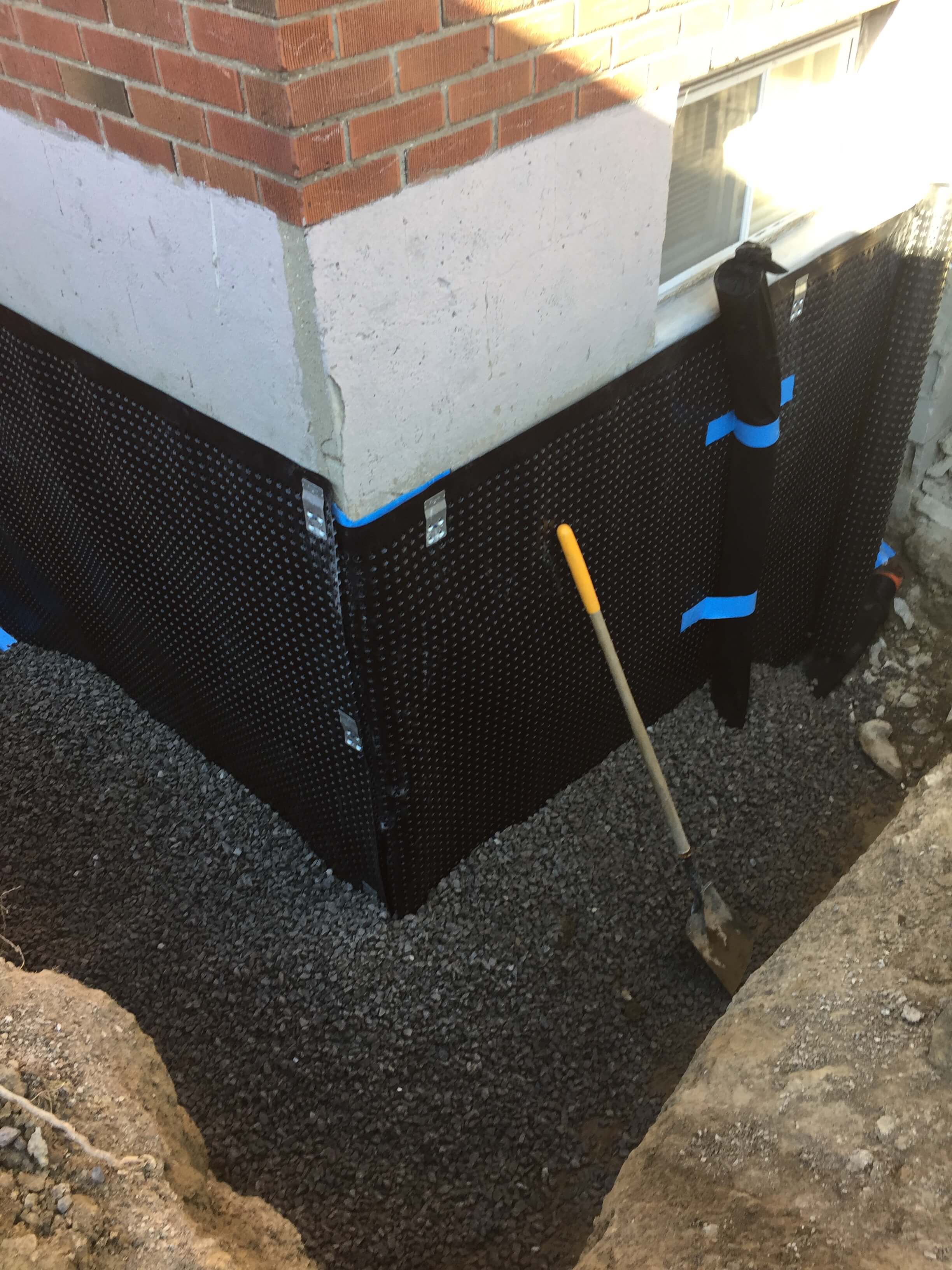Typical Waterproofing Mistakes along with How to Steer clear of Them

Water infiltration can be catastrophic for any house or structure, leading to expensive fixes and potential health risks. This makes waterproofing an crucial aspect of property maintenance that every homeowner should take seriously. Unfortunately, look at these guys ignore critical elements of waterproofing or fall victim to common misconceptions, which can worsen problems instead of mitigating them. Understanding the significance of proper waterproofing techniques is vital for safeguarding your investment and guaranteeing the safety of your family.
In this article, we will explore frequent errors in waterproofing that property owners often make and provide tips on how to prevent them. By highlighting the necessity of waterproofing in areas such as basements, rooftops, bathrooms, and outdoor structures, we aim to equip you with the information needed to safeguard your property from water damage. From understanding when expert help is necessary to dispelling waterproofing myths, we will lead you through what you should to know for effective waterproofing solutions.
Essential Waterproofing Information
Moisture-proofing is a critical aspect of preserving the integrity of any home or structure. Understanding why moisture-proofing is necessary for every structure can help property owners and administrators considerable effort and costs by stopping water-related harm. From foundations to ceilings, successful waterproofing can guard against drips and moisture infiltration, which, if overlooked, could lead to mold growth, decomposition, and expensive repairs. By spending in effective moisture-proofing methods, you can make certain your building remains a secure and pleasant space.
One common myth is that waterproofing is only required in areas prone to heavy downpours. In fact, all buildings require a degree of form of moisture-proofing to protect against a variety of water-related concerns, including humidity, wet air, and sudden breaches during inclement weather. Moisture-proofing myths clarified reveal that simply minor moisture problems can morph into serious problems if not taken care of. Awareness of these hazards can motivate preventive actions before it becomes too difficult to act.
Spotting clues that your property needs moisture-proofing is essential in preventing more extensive damage. Homeowners should watch for tell-tale clues such as chipping paint, moisture in lower levels, and musty odors, which may imply water ingress. By noticing these indications early on and knowing how to waterproof your lower level and other exposed areas successfully, you can protect your property and preserve your home's value over the years.
Practical Waterproof Techniques
One of the most efficient waterproofing strategies is to ensure proper water management around your home. This entails grading the landscape away from the foundation and adding gutters and downspouts that direct rainwater away from the structure. Good drainage prevents water from collecting near your base, which can result to leaks and other water damage. Regular care of these systems is crucial to eliminate blockages that can cause water to spill and seep into the building.
Another key strategy is to choose the appropriate waterproofing materials for your specific needs. Whether you're considering interior or exterior waterproofing, it's important to select top-notch products designed for the spaces you're dealing in. For instance, basement waterproofing may demand the use of specialized membranes and sealants, while roof waterproofing might gain from coatings that tolerate UV radiation and temperature fluctuations. Researching and selecting the right waterproofing materials can significantly impact the longevity and effectiveness of the approach.

Lastly, think about working with experts who have expertise in waterproofing to ensure a proper process. While DIY solutions can be tempting, professional evaluations can identify hidden issues that may not be apparent. Experts can provide tailored recommendations and ensure proper application of techniques and materials. Spending in professional services can be a wise move to protect your home from costly water damage in the long run.
Frequent Mistakes and Solutions
One of the most frequent mistakes in waterproofing is neglecting proper surface readiness. Many homeowners hasten the process, putting on waterproof coatings over dirty or irregular surfaces. This can lead to adhesion issues, leading in flaking and ineffective waterproofing. To avoid this, always allocate sufficient time cleaning and fixing the surface before applying any products. A clean and even surface enhances the efficiency of the waterproofing material.
Another frequent mistake is overestimating the abilities of DIY methods. While there are many effective waterproofing products available for home use, they often demand particular application techniques to achieve the optimal results. Homeowners occasionally apply too thin a layer or neglect to follow the manufacturer's guidelines. To circumvent this pitfall, consider seeking advice from professionals for challenging areas like basements or roofs, ensuring the job is done correctly and that you use the appropriate products for your particular needs.
Lastly, ignoring indicators of water damage until it becomes severe is a major error. Homeowners often wait too long to address noticeable leaks or moisture problems, resulting to costly repairs down the line. Regular check-ups and maintenance can help catch potential problems early. Set up a seasonal plan to check for leaks, cracks, and signs of mold to keep your property safe and minimize long-term detriment.
